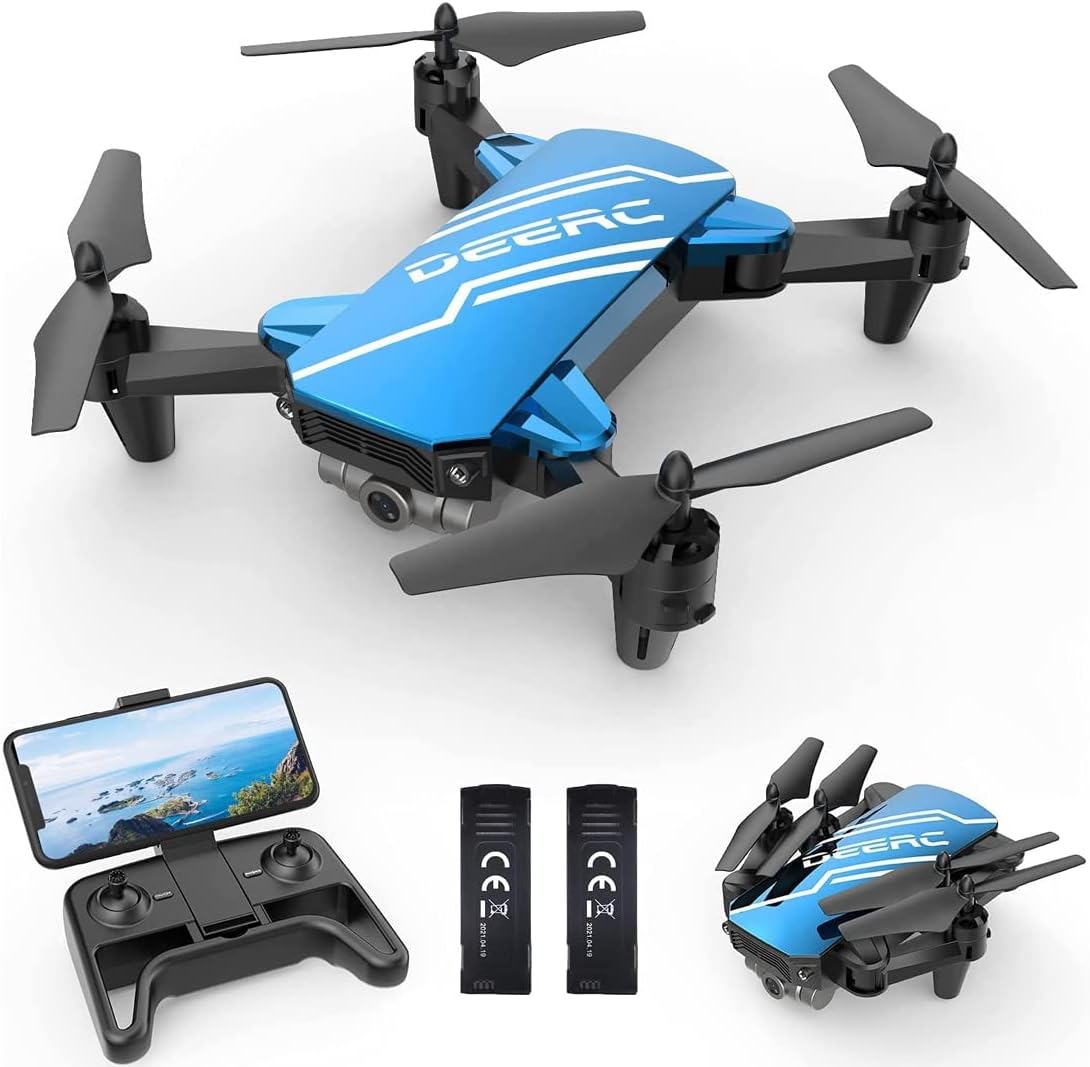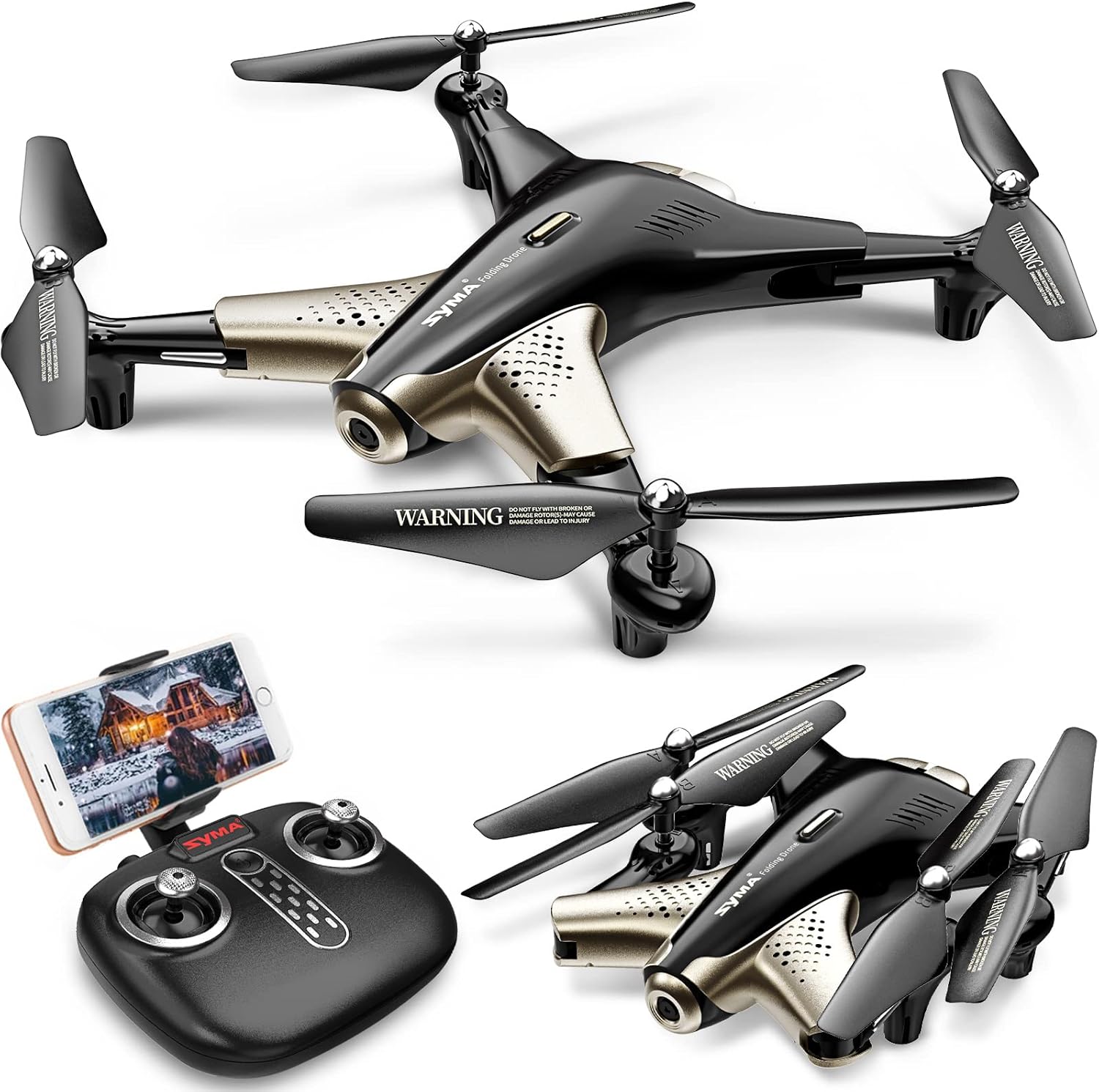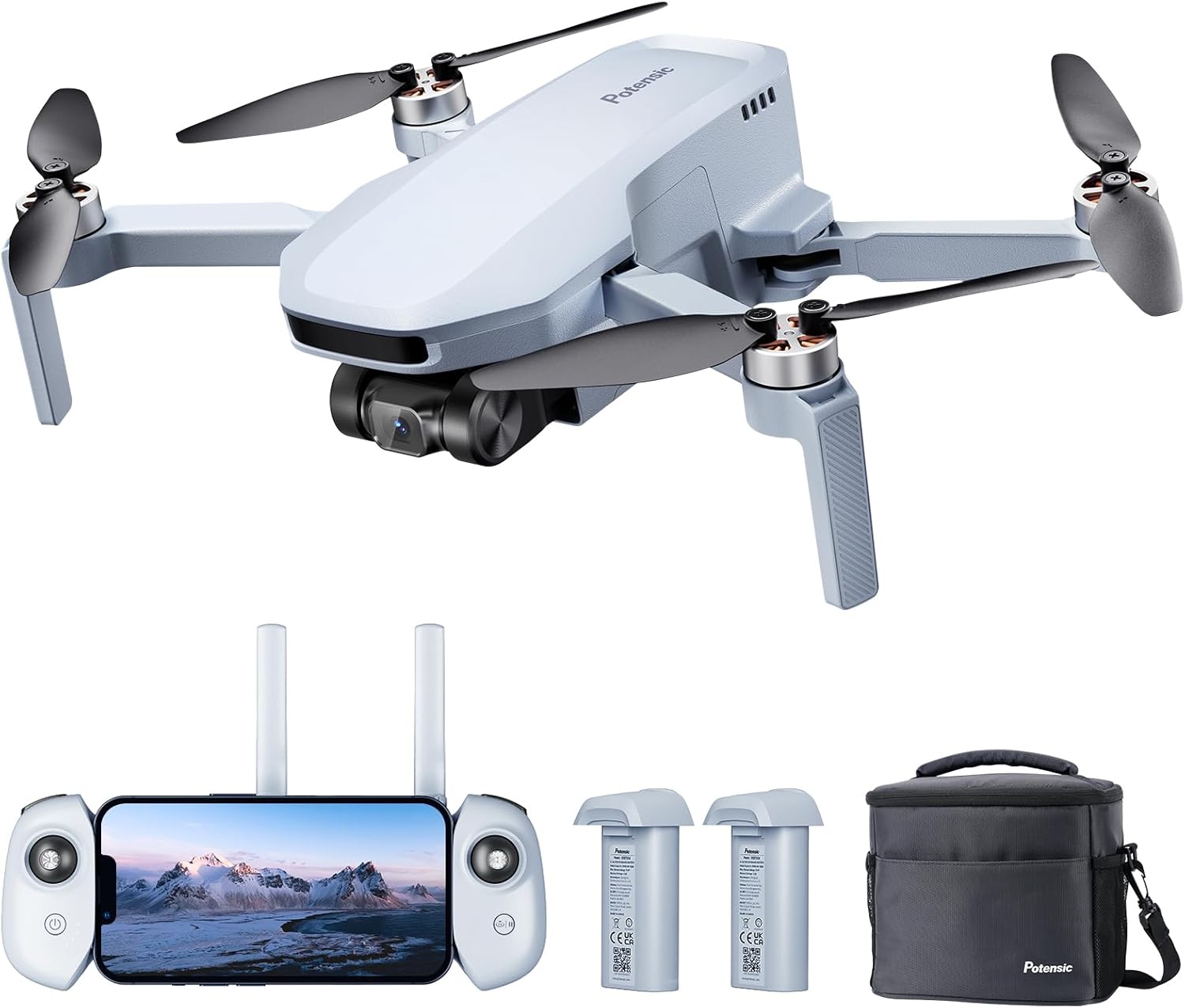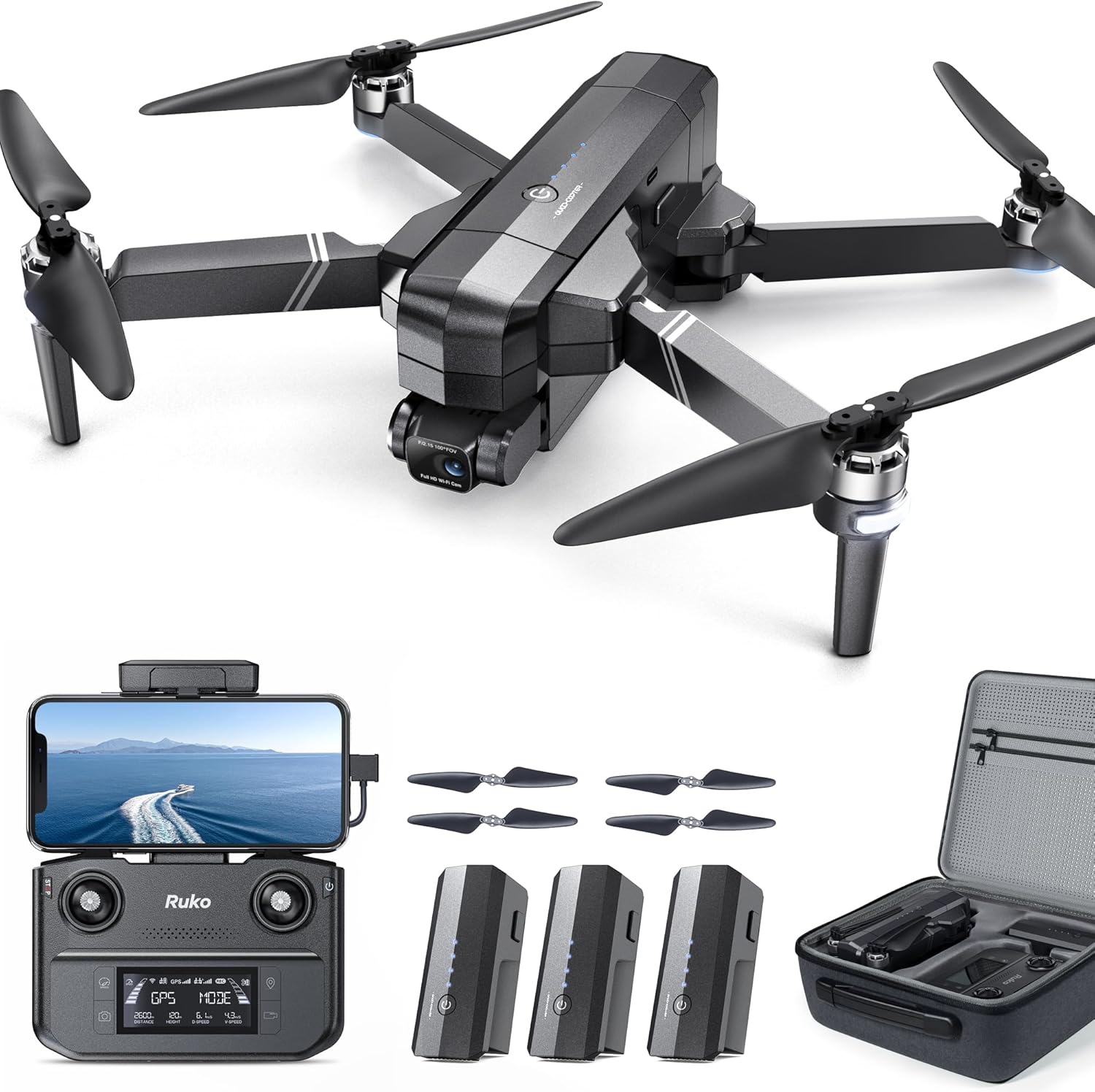DJI Mini 2
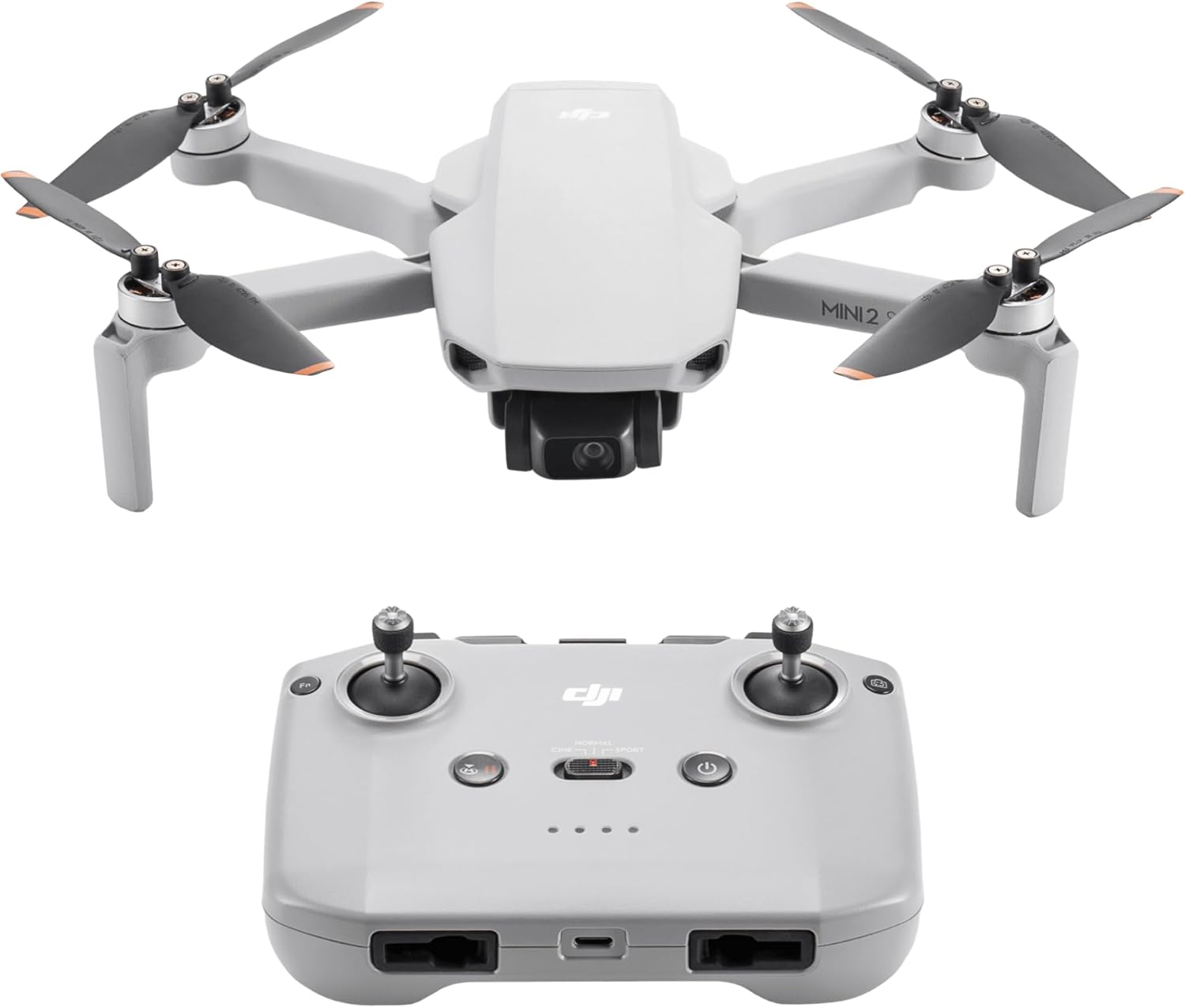
- Camera: 4K video at 30fps, 12 MP photos
- Flight Time: Up to 31 minutes
- Range: 10 km with OcuSync 2.0 transmission
- Weight: 249g (no registration required in many regions)
The DJI Mini 2 is the ultimate beginner-friendly drone for those serious about aerial photography. Despite its compact size, it delivers professional-grade camera quality. It’s incredibly easy to fly, thanks to features like GPS-assisted flight, return-to-home, and stable hovering. The lightweight design also makes it highly portable, perfect for travelers. Its ability to withstand moderate winds adds reliability for outdoor shoots.
👉 Great for new users who want a powerful yet portable drone with excellent photo and video quality.

